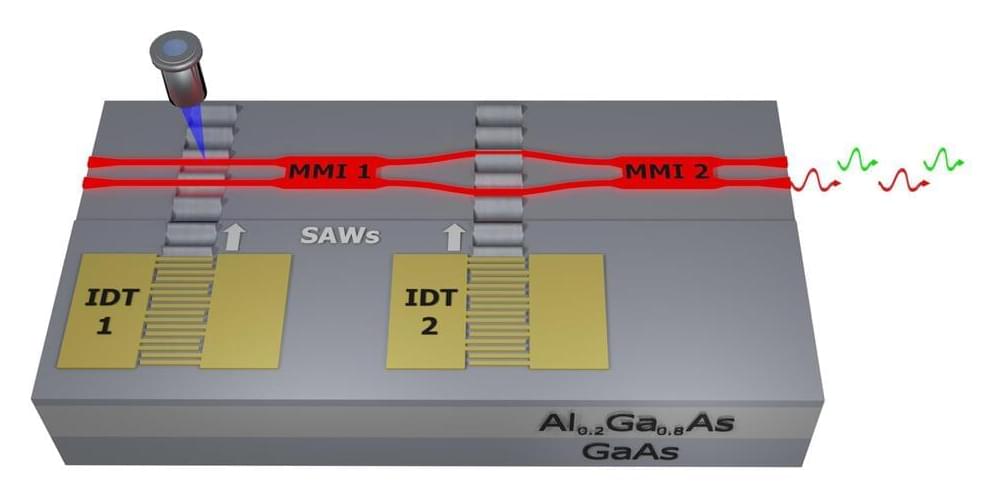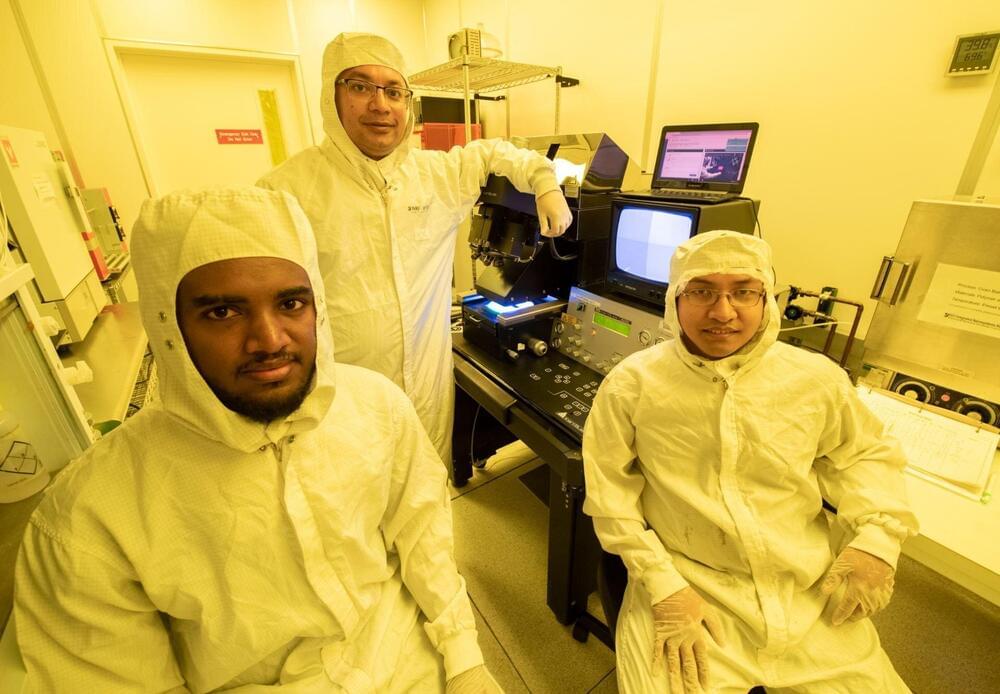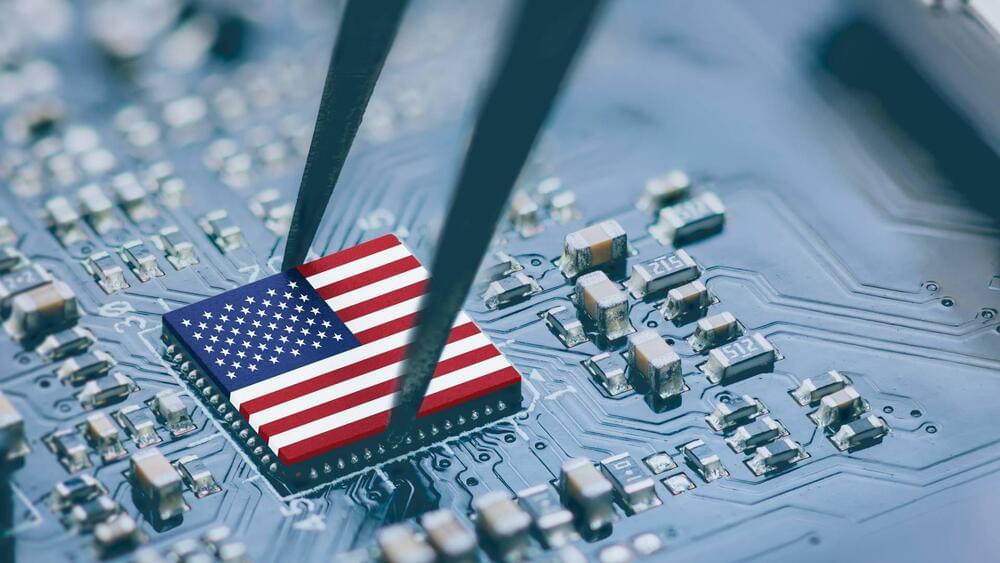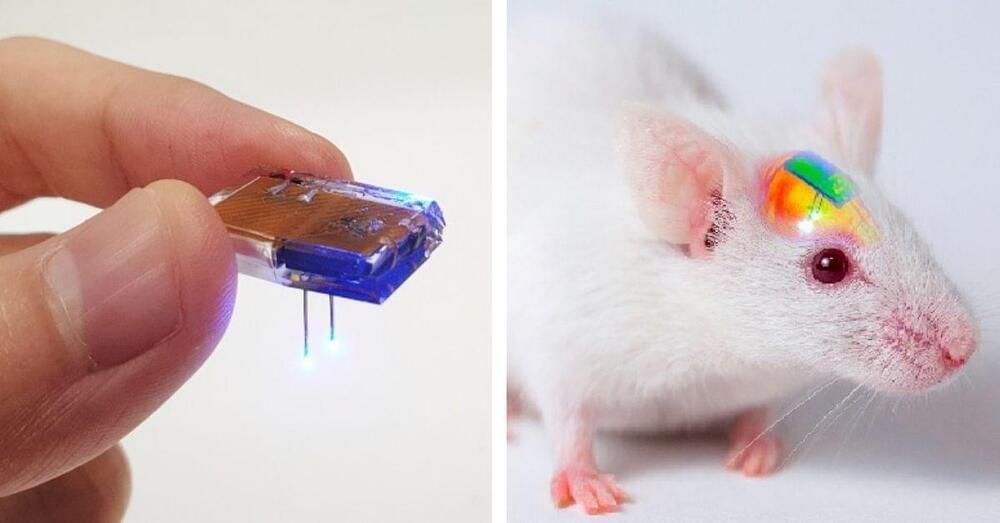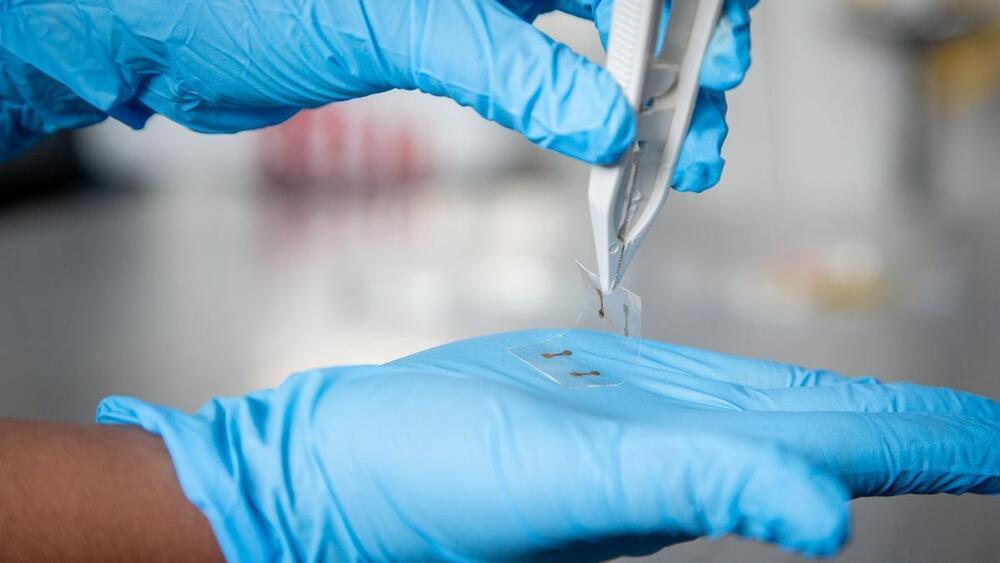Nov 22, 2022
Cybersecurity 101: How to choose and use an encrypted messaging app
Posted by Gemechu Taye in categories: cybercrime/malcode, encryption, mobile phones
Secure communications provider Wickr has announced that it will shutter its free encrypted messaging app, Wickr Me, next year.
Text messaging has been around since the dawn of cellular technology, and sparked its own unique language. But it’s time to put sending regular SMS messages out to pasture.
If you have an iPhone, you’re already on your way. iPhones (as well as iPads and Macs) use iMessage to send messages between Apple devices. It’s a data-based messaging system reliant on 3G, 4G, and Wi-Fi, rather than SMS messaging, which uses an old, outdated but universal 2G cellular network. iMessage has grown in popularity, but has left Android devices and other computers out in the dark.
Continue reading “Cybersecurity 101: How to choose and use an encrypted messaging app” »

